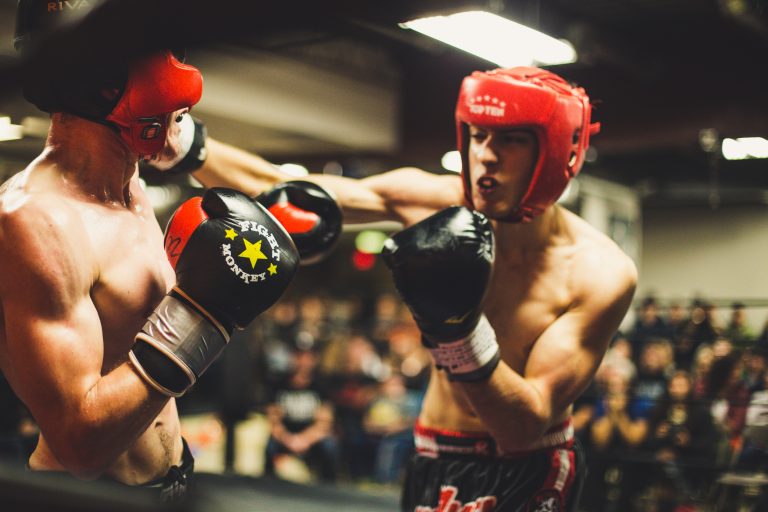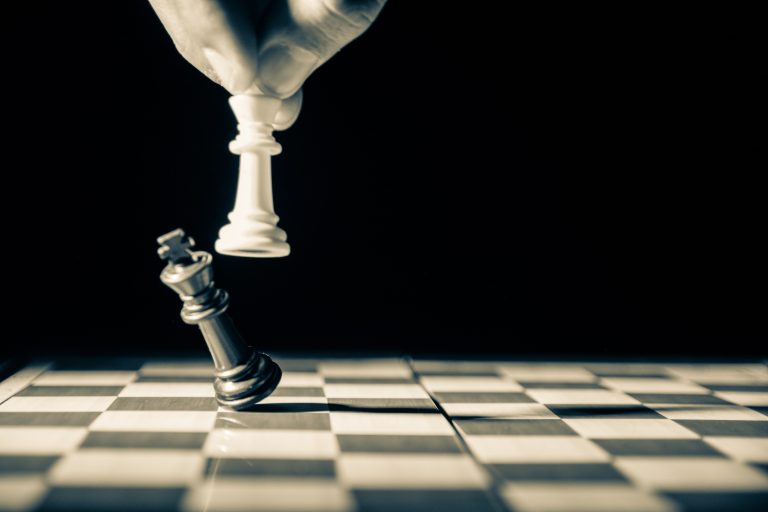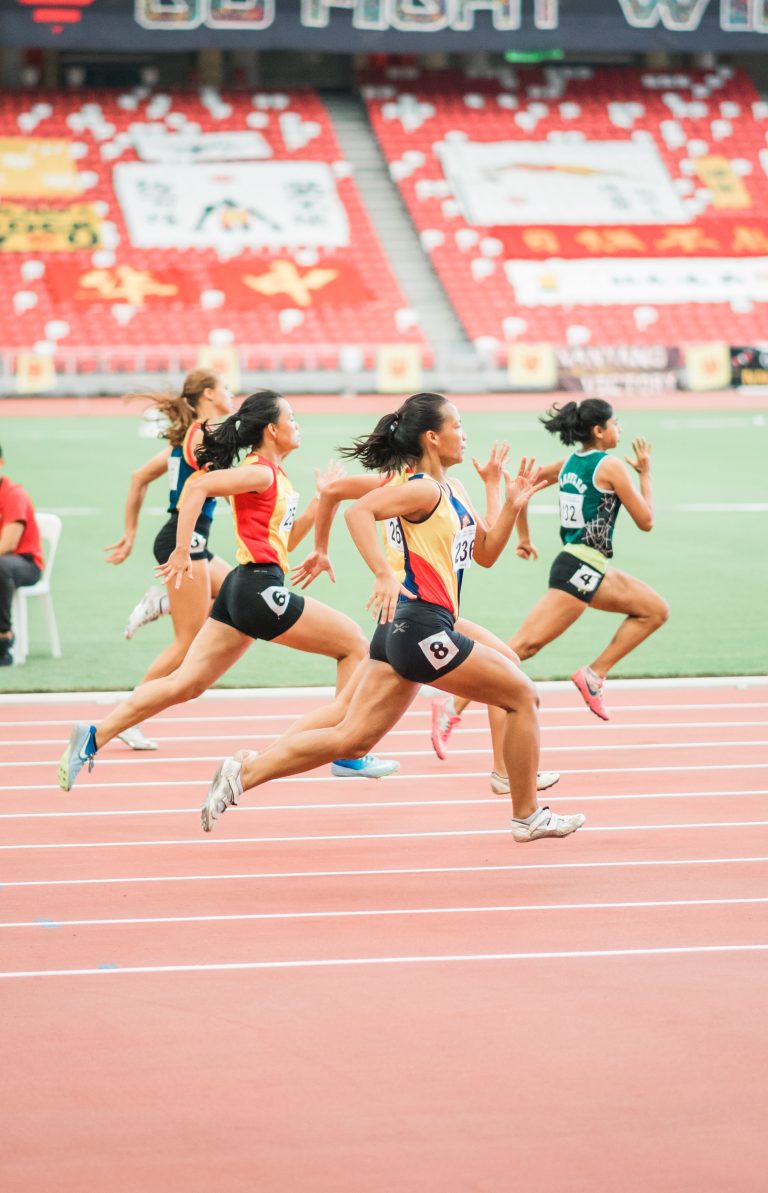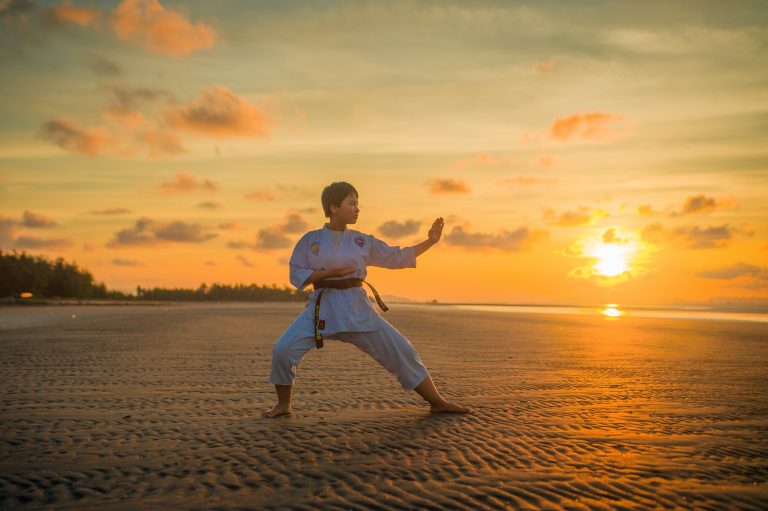Moderne Karate-Styles: Die neue Bewegung im Kampfsport
Karate ist eine der ältesten Kampfsportarten der Welt, aber sie hat sich im Laufe der Jahre stark weiterentwickelt. Mit modernen Technologien und Einsatz von Wissenschaft in der Fitnessbranche haben viele neue Karate-Stile das Licht der Welt erblickt. Diese neue Generation von Kampfsportarten wurde als Modern Karate zusammengefasst.
Moderne Karate-Stile kombinieren traditionelle Techniken mit modernen Technologien und bewährten Übungen. Hier sind einige der beliebtesten modernen Karate-Stile:
Kempo Karate
Kempo Karate ist eine Disziplin, die japanische Techniken mit chinesischem Kung-Fu verbindet. Kempo Karate legt nicht nur Wert auf ein hartes und schnelles Training, sondern auch auf Selbstverteidigung und Gesundheitsbelange. Es ist ein sehr vielseitiger Stil des Karate und eignet sich auch für Menschen, die nicht auf Wettkampf aus sind.
Kickbox-Karate
Kickbox-Karate ist eine Art von Modern Karate, die, wie der Name es schon sagt, Techniken aus dem Boxen und Kickboxen enthält. Durch die Kombination von Karate-Techniken mit Elementen aus dem Boxen und Kickboxen werden schnelle und präzise Schläge trainiert, die dazu beitragen, den Gegner zu besiegen.
Goju-Ryu-Karate
Goju-Ryu-Karate ist ein traditioneller japanischer Karate-Stil. Er betont die Entwicklung einer starken und gesunden Körperhaltung sowie die Nutzung von Atemtechniken. Goju-Ryu-Karate hat sehr strenge Regeln, es ist keine Sportart, sondern ein Kampfkunst-Stil, der auf die Verbesserung des Körpers und des Geistes ausgerichtet ist.
Kyokushin-Karate
Kyokushin-Karate ist ein auf Wettkampf ausgerichteter Karate-Stil, der vor allem im Vollkontakt ausgetragen wird. Die Schüler werden darauf vorbereitet, dass sie ohne Schutzausrüstung in den Ring treten und realistische Kampfsituationen meistern müssen. Kyokushin-Karate umfasst auch viele traditionelle japanische Techniken, daher ist es ein sehr vielseitiger Karate-Stil.
Diese modernen Karate-Stile zeigen, dass Karate auch im 21. Jahrhundert seine Bedeutung behalten hat. Die Auswahl an unterschiedlichen Karate-Stilen ist groß und jeder kann das finden, was ihm am besten passt. Durch die Kombination von traditionellen Techniken mit modernen Technologien sind diese Stile sehr effektiv und bieten eine Menge Abwechslung.
Moderne Karate-Styles: Die neue Bewegung im Kampfsport – Frequently Asked Questions (FAQs)
Karate is one of the most popular martial arts in the world today. It has gone through numerous changes and developments over the years, leading to the emergence of modern karate styles. In this post, we will be answering some of the most frequently asked questions about modern karate styles.
1. What are modern karate styles?
Modern karate styles refer to new forms of karate that have emerged in recent years. These styles are a departure from the traditional Japanese karate forms that have been around for centuries. They incorporate new techniques and strategies that are more suited for modern combat scenarios. Some of the popular modern karate styles include Shotokan, Shito-ryu, Goju-ryu, and Wado-ryu.
2. What are some characteristics of modern karate styles?
Modern karate styles are characterized by several unique features. They tend to emphasize speed and agility over brute strength, and they often involve a lot of footwork and evasive maneuvers. Many modern karate styles also incorporate elements from other martial arts disciplines such as Judo, Aikido, and Boxing. They also tend to have a more fluid and intuitive fighting style that is less rigid and structured than traditional karate forms.
3. Who can practice modern karate?
Anyone can practice modern karate, regardless of age, gender, or physical ability. Many modern karate schools offer classes for both children and adults, and they cater to students at all skill levels. However, it is important to note that karate, like any martial art, can be physically demanding and requires a certain level of fitness and discipline to master.
4. What are the benefits of practicing modern karate?
Practicing modern karate has numerous benefits, both physical and mental. It can improve your overall level of fitness, agility, and flexibility, and it can also help you develop better focus and discipline. Karate training can also boost your self-confidence and teach you important skills such as self-defense and conflict resolution.
5. How long does it take to become proficient in modern karate?
The amount of time it takes to become proficient in modern karate depends on several factors, including your natural abilities, your level of commitment, and the amount of training you receive. On average, it takes several years of dedicated practice to develop a high level of proficiency in any martial art, including modern karate.
6. Can modern karate be used for self-defense?
Yes, modern karate can be an effective form of self-defense when used properly. It teaches students how to identify and avoid potential threats, as well as how to defend themselves against physical attacks. However, it is important to remember that self-defense should always be a last resort, and that avoiding potentially dangerous situations is always the best course of action.
7. Are modern karate styles safe?
Yes, modern karate styles are generally safe when practiced under the guidance of a qualified instructor. However, as with any physical activity, there is always a risk of injury, especially if proper safety measures are not observed. Make sure to choose a reputable karate school with qualified instructors who prioritize student safety.
8. What equipment is needed to practice modern karate?
The equipment needed to practice modern karate varies depending on the specific school or style. Generally, students will need a karate uniform (also known as a gi), hand and foot pads for sparring, and a mouthguard. Some schools may also require additional equipment such as head guards or shin guards.
9. Can I learn modern karate online?
While it is possible to learn some aspects of modern karate through online videos or tutorials, it is generally not recommended. Learning karate requires hands-on instruction and feedback from a qualified teacher, and practicing alone without proper guidance can lead to bad habits and poor technique. Additionally, practicing karate with a partner or in a group setting is an important part of the learning process.
10. How can I find a reputable karate school?
To find a reputable karate school, start by doing some research online or asking for recommendations from friends or family members who practice martial arts. Look for schools with qualified instructors who have a strong background in karate and who prioritize student safety. Check if the school has a positive reputation and if they offer trial classes to potential students to try before you commit.
Inhaltsverzeichnis





